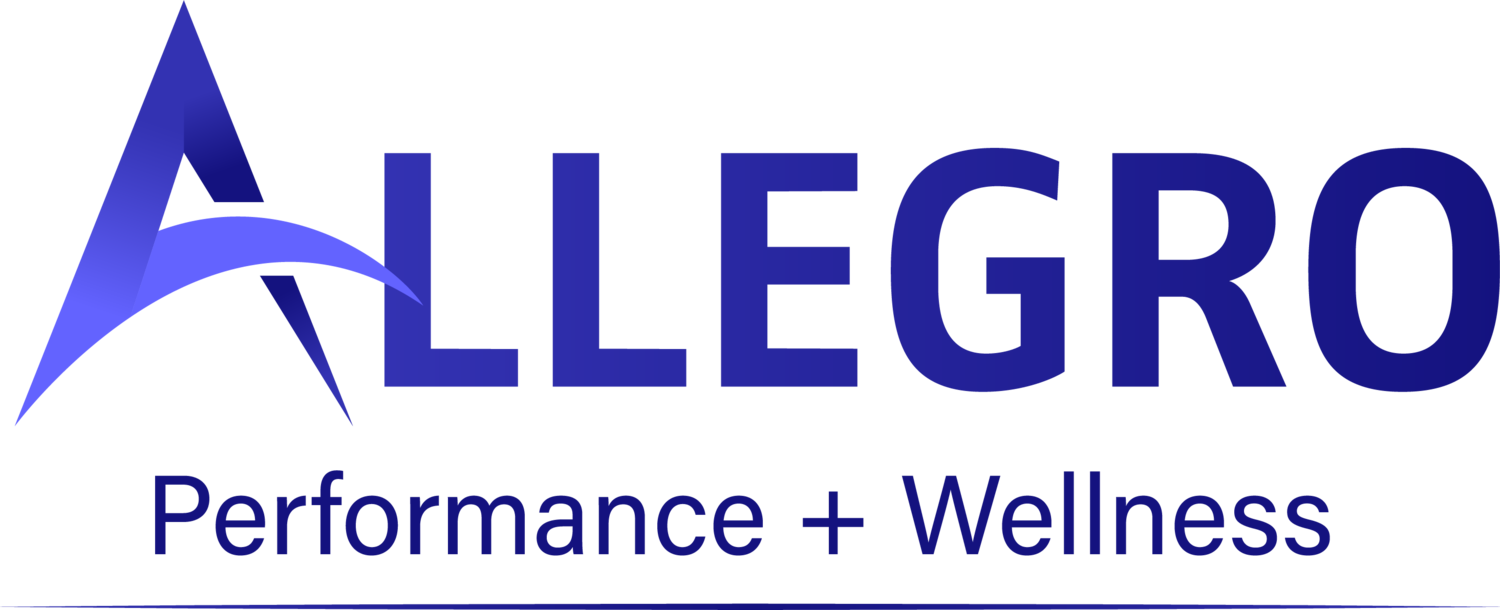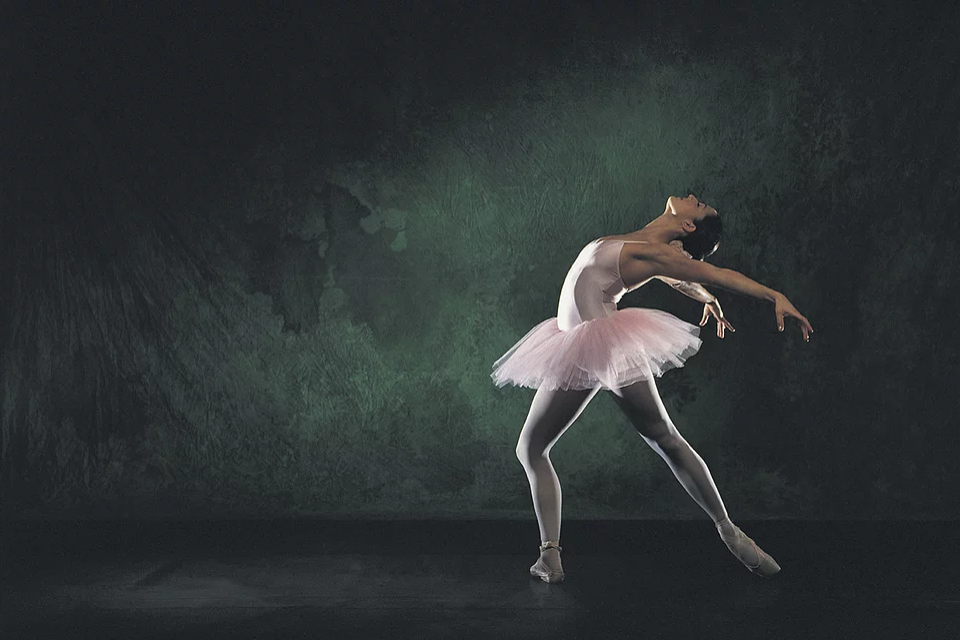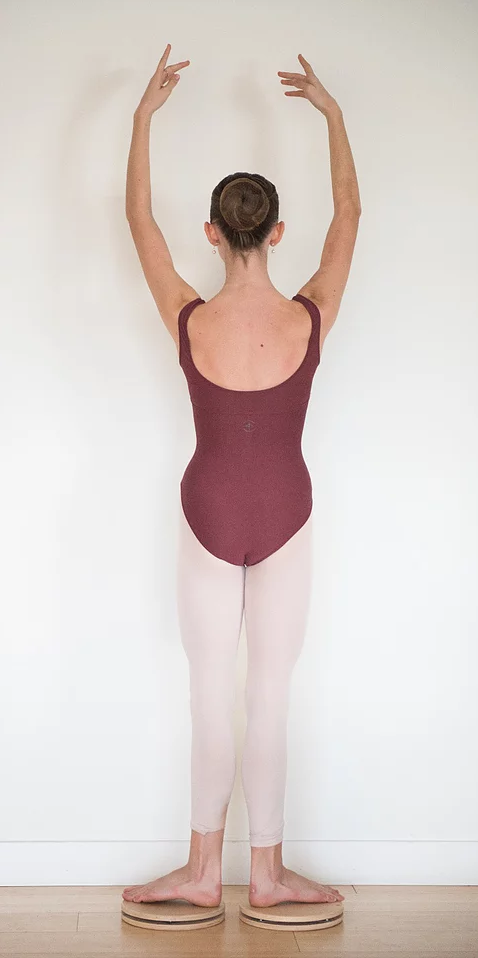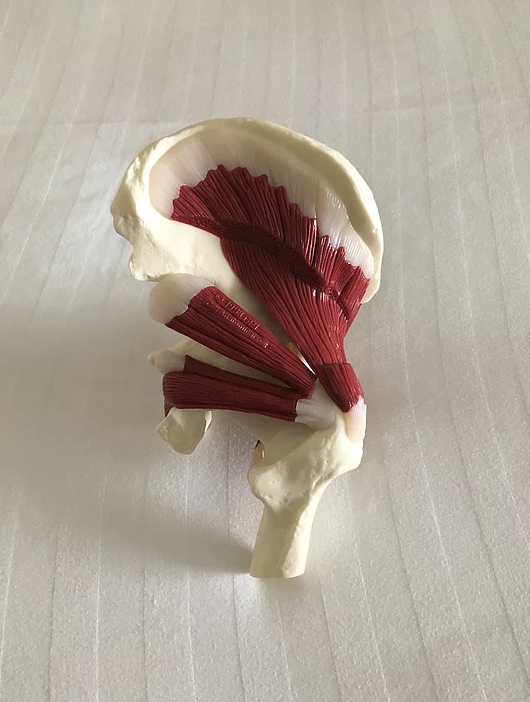Turnout In Dance: How to Improve it Safely
I was recently in Los Angeles giving a presentation on “Developing Turnout in Dancers” at CLI Studios. A lot of people commented that they missed the live presentation, and rather than make them wait for the recorded version to become available, I decided to put some of the info into a blog post for you!
Training Turnout in Dance
Turnout is the foundation of many styles of dance, but it is still one of the most misunderstood topics among dancers and dance educators. In the world of dance, 'perfect' turnout is still considered to be 180 degrees. In reality, very few people can actually achieve this (at least safely!). Everyone's anatomy is unique, so their turnout range will vary according to this. Despite this, I continue to hear time and again that dancers want to improve their turnout to achieve ‘flat’ turnout (aka 180 degrees). Don't get me wrong, there's nothing wrong with wanting to improve your turnout, but wanting to achieve 'flat turnout' as the end goal is unrealistic for most dancers. Most dancers are able to improve their turnout to some degree with targeted training, but this improvement comes from decreasing the difference between passive and active turnout, rather than changing the anatomical structure of their joints. So if this is the case, how do you go about safely improving turnout?
First of all, lets define ‘turnout’. When we’re talking about turnout in dance, we’re referring to the external rotation of the whole lower extremity from the hip down to the foot. The majority of this turnout (~60%) should come from the hip joint, with the remainder coming from contributions from the knee, lower leg, ankle and foot joints. There are many factors affecting the amount of external rotation available at the hip. Some of these include the orientation of the hip socket, the angle formed by the neck of the femur (the top of the leg where it connects to the hip), the shape/depth of the hip socket, the length of the ligaments that surround the hip joint, and the length of the muscles that cross the hip joint (just to name a few ;).
So you can see that, with all of these factors affecting the amount of turnout available at the hip, it’s important for each dancer (and therefore each dance teacher) to know how much turnout is available to them. So how do you find this out? The best and most accurate way, is to find a health care practitioner who is familiar with dancers and get them to measure it for you. They will measure the external rotation of the whole lower extremity (total passive turnout) as well as the external rotation available at the hip joint. They may also be able to tell you information regarding the anatomical structure of your hip joints, and the length of the ligaments and muscles surrounding the hip. It is often possible to gain some amount of turnout just from addressing these restrictions if they are affecting turnout range.
Next, they will measure the amount of turnout that you are actually using (total active turnout). There are a few ways of measuring this, but one of the most common ways is to use frictionless rotation discs, such as the ones pictured, or these Functional Footprints by Balanced Body. For most dancers, total active turnout is less than total passive turnout. In simpler terms, most dancers have more turnout available to them than what they actually use. There can be many reasons for this, but one of the most common is simply that their turnout muscles aren’t quite strong enough to utilize all the turnout available to them.
*It is worth noting that some dancers are actually using more turnout than what is available to them (ie over turning out). This is most commonly due to compensations seen through the pelvis (using an anterior pelvic tilt) or the foot (rolling in). Once those technical faults are corrected, you will usually find that their measurements no longer show that they are ‘over turning out’ and quite often they will have a large difference between their passive and active turnout.*
Once you know what your active and passive turnout measurements are, it’s easy to find out how much you can improve your turnout. For example, if you had 74 degrees of passive turnout on the right and 78 degrees on the left, that would give you a total passive turnout of 152 degrees (see, nowhere near 180 degrees but this is a very realistic number!). Now, if your active turnout was measured at 65 degrees on the right and 73 on the left (for a total of 138 degrees), that would give you 14 degrees (152 – 138 = 14) of room for improvement. And what dancer doesn’t want an extra 14 degrees of turnout?!?!
So, now to the part you have all been waiting for! How do you actually go about making that 14 degree improvement? Like I said earlier, the number one cause of dancers not using their full turnout potential is weakness in their turnout muscles. So what exactly are your turnout muscles? They're a group of 6 small external rotation muscles at the hip that sit deep to your gluteal muscles (they include piriformis, gemellus superior, obturator internus, obturator externus, gemellus inferior and quadratus femoris; but the specific names are really not important). There are also secondary or accessory muscles which can assist in holding turnout in certain positions, but these are not the primary muscles that are responsible for creating turnout. They include the gluteus maximus, sartorius and the hip adductors (inner thigh). A common mistake that I see in many dancers regardless of age, ability, or level of training is the incorrect recruitment of their turnout muscles. Therefore, the key to improving your turnout is ensuring you are using the correct muscles to initiate and hold it.
But how do you know if you are?
Here's a little test to see if you're using the right muscles for turnout while dancing:
1. Stand with your right leg in tendu devant (in parallel)
2. Place your hand on the back of your right hip just above your sit bone (right where the bottom of your leotard sits)
3. Slowly start to rotate the right leg into turnout and feel what happens under your hand
You should start to feel a little bit of tension in the muscles under your fingers (but there should be no activity through your large gluteal muscles). Try this again on the other side and see if you notice a difference right to left. Another nice little test is to stand in first position, and see whether you can let your gluteal muscles relax completely without losing any turnout. How'd you do? If you're really struggling to find and recruit these muscles, see if your teacher can help you. If you're still struggling, book in to see a dance specific therapist who will be able to help you with this!
Once you know you can find and recruit the appropriate muscles, there are many different exercises you can do to work on strengthening those muscles. Follow along on Instagram (@DancePhysioErika) over the next few weeks as I'll be sharing some of my favourites. You can also search the hashtag #DanceSmarterNotHarder to find these posts.
I hope the take home message is that it doesn't matter exactly how much turnout you have, and that very few dancers can achieve 'flat' turnout. The most important thing is that dancers are working within their own anatomical limitations, and utilizing their turnout to its fullest potential. The end goal should be for each dancer to be able to use every last degree of turnout available to them, no matter what that number is.
References
Turnout in Dancers: A Comprehensive Overview of Active and Passive Turnout
Gayanne Grossman, P.T., Ed.M., B.F.A., F.I.A.D.M.S.
Improving Dancer Turnout
Danielle Pata, B.F.A., Tom Welsh, Ph.D., Veoletta Range, M.F.A., Jon Bailey, Ph.D.
Can a Prescribed Turnout Conditioning Program Reduce the Differential Between Passive and Active Turnout in Pre-Professional Dancers?
Astrid J. Sherman, F.I.S.T.D., Erika Mayall, M.P.T, HBSc (Kin)., Susan L. Tasker, Ph.D
Next on your reading list:



